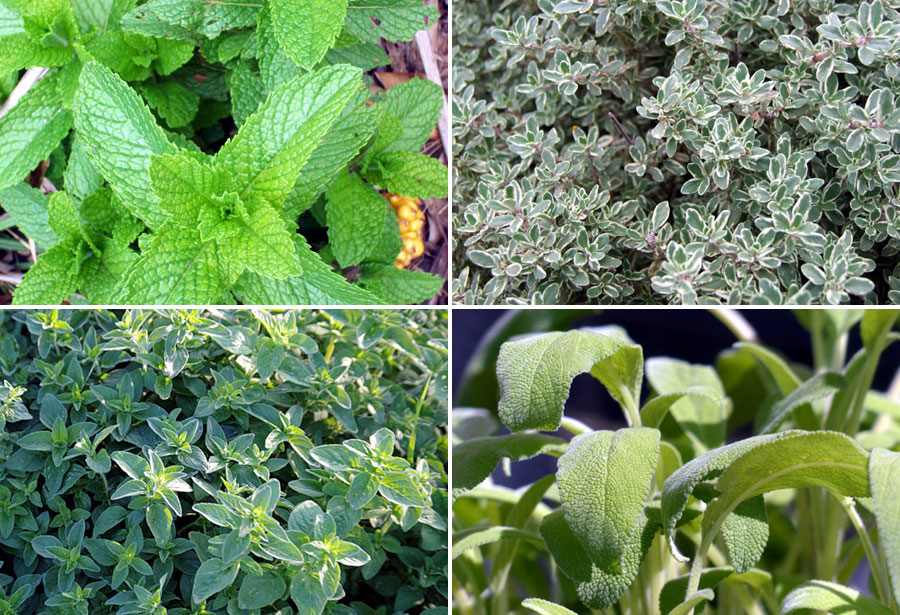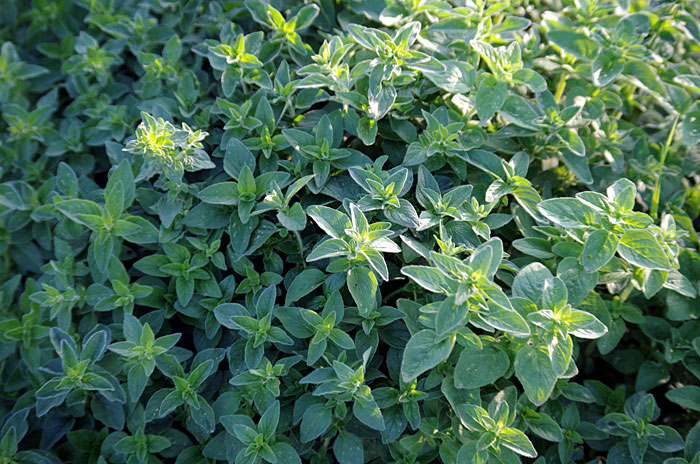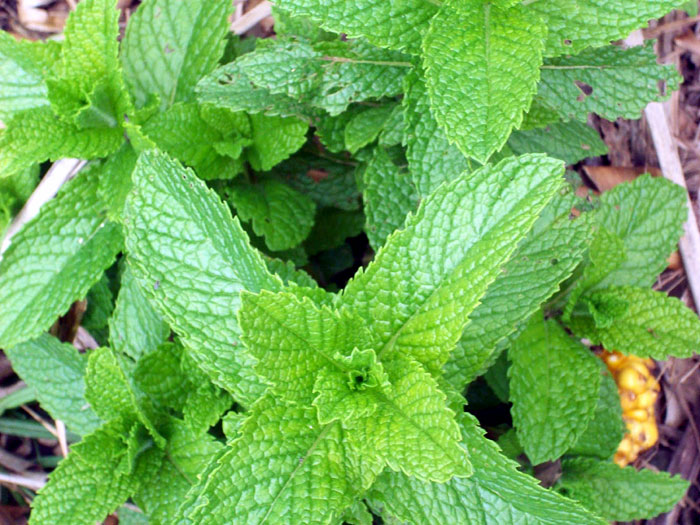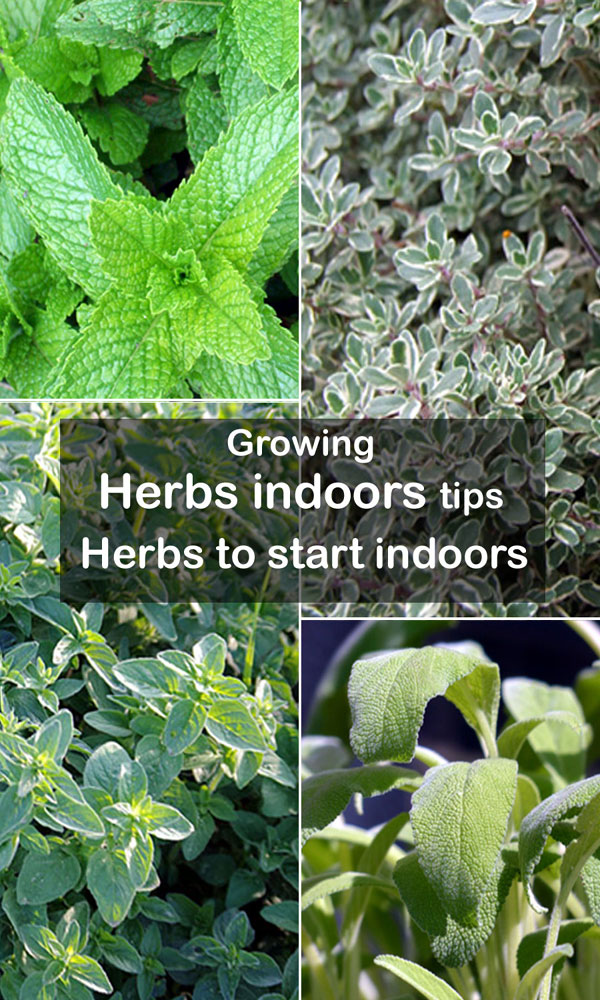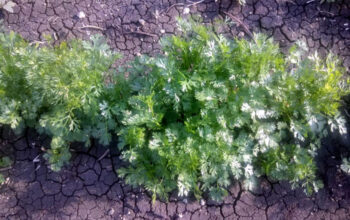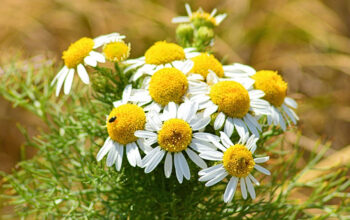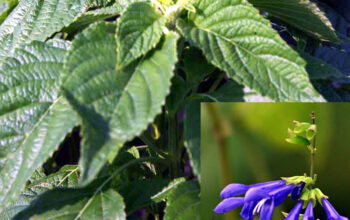Growing herbs indoors
Growing herbs indoors tips | Herbs to start indoors. The kitchen garden is the easiest and useful place of the herb garden, which you can take care of regularly. However, it requires little maintenance, and they produce amazingly. To grow Perennial herbs, choose a place where full sunlight comes, or at least 4 hours of daylight. Herbs are the most natural plants to grow in the garden, providing you with both health and flavor. If you are a new gardener, then you should start a herb garden.
Perennial herbs, such as mint, oregano, rosemary, and thyme, etc. are easy to grow, you can grow them by purchasing plants or by seeds. However, you can also apply several herbs with cuttings.
Herbs to start indoors?
The growth of the herb is best in natural light, for this you can choose the southern window. Good choices for this are plants with tropical and semi-tropical climates, such as thyme, parsley, and basil.
If your windows are in the east and west, then there is strong sunlight in the morning or afternoon, but these windows are cold.
Thyme
Thyme herb is a pungent, woody perennial and wonderful herb. It is an aromatic herb native to the Mediterranean Sea, preferring a warm, dry climate with sandy, rocky soil. Ornamental culinary varieties of thyme are used in soups and vegetables.
Thyme plant is small, have pink, lavender, or white tubular flowers, which bloom in spring and summer. It has over 100 species to choose and most thyme is slow-growing. You can start this as a potted plant and you will start getting useful crops in the first year itself.
You can easily grow thyme plants in containers. A medium-size container is sufficient for this. In extreme winter you can keep it in a protected place.
Growing thyme from seeds
- You can grow thyme plant from seeds, but it has some difficulties in growing. Its seeds are difficult to germinate and can take a long time.
- Sprinkle the seeds slowly on the soil in the container.
- Slowly and thoroughly water over the seeds.
- Cover the seeds with plastic sheets, and keep the container in a warm and light place.
- It takes about 1 to 12 weeks for the seeds to germinate.
- You can plant it in your garden when the thyme plants are set slightly and grow about 4 inches high. Read more.
Oregano
Oregano is a perennial herb containing pinkish-white or white flowers. it is used in delicious dishes. Origanum vulgare is one of the flowering plants of the Mint family (Lamiaceae), oregano is native to the temperate zone of the western, southwestern Eurasia and the Mediterranean region. mostly used for food and health. In this method, the plant is used in pasta sauce, but, since ancient times, it is used as a medicine in Greek and Roman.
Oregano leaves can grow well indoors, but they keep getting enough heat and sunlight to grow the plant. Read more.
Growing oregano herb indoors
- In the spring, its plants can be easily sown by seeds, when the temperature of the soil is at least 15 degrees Celsius. Inside the house, you can start six weeks before the last frost.
- Stem cutting or mature root division is the second option, so you can easily propagate.
- Well-drained sandy loam soil (soil pH of 6.7 to 7.0) is best suited for oregano. If there is a lot of organic matter in light soils, oregano leaves perform better.
- Oregon performs well in the presence of the full sun when your plant remains in the sun all day, its taste becomes faster. Read more.
Sage
There is a large group of Sage, it contains annual, biennial, and perennial shrubs, more than 9 00 species of it found. Famous Salvia is the culinary herb sage (Salvia officinalis), with bright brown-green leaves. Well, known salvias, such as S. leucantha, warm and arid climate, are residents of California and the Mediterranean region and flourish very well in low water gardens.
Sage likes full sun and very well-drained soil. However, most of its varieties tolerate partial shade. Some rising salvias plants like Japanese yellow sage (Salvia koyamae) prefer fertile, humid soil and partial shade, which are not very popular.
Growing Sage
- Sage Plants prefer the presence of the full sun. They grow well in the average or better and completely well-drained soil.
- Start the salvia seed indoor with a potting mix and keep it in a warm environment and the appropriate sunlight. Most gardener buys salvia seedlings, which are widely available.
- When planting these, use general-purpose fertilizer, again after about 1 month.
- After planting, when it is established, it should be allowed to grow with some of the problems.
Mint
Mint plants are a perfect start for a new gardener to an herb garden. More than 600 varieties of mint are available, requiring a significant amount of sunlight and water to plant. It is a perennial herbs plant with very fragrant and toothed leaves. Although it would be a very aggressive plant, it can be grown in containers with proper care.
Growing Mint herbs indoor
- Spring is considered to be the most suitable time to plant peppermint, however, many people have been successful in it even in the hot summer months.
- You can plant mentha plants directly on the ground, for this, choose a large container.
- To plant it in the morning sun or partial afternoon shade would be better.
- If you put in the container, the container must have a drainage hole.
- Herb plant mint prefers more sun, if you grow in a container place it near the window where the sunshine better.
- If it is on the lawn, it will get enough sunlight.
Read also:
10 best vegetables to grow in pots. How to Grow Thyme in pots. Growing and care Lima beans. How to grow oregano at home. Growing Bottle gourd in containers. Winter vegetables grow in October. Growing succulent indoor. Kalanchoe plant growing and care tips. Betel leaf plants growing and care guide. Kohlrabi vegetable growing at home.
For pin:

